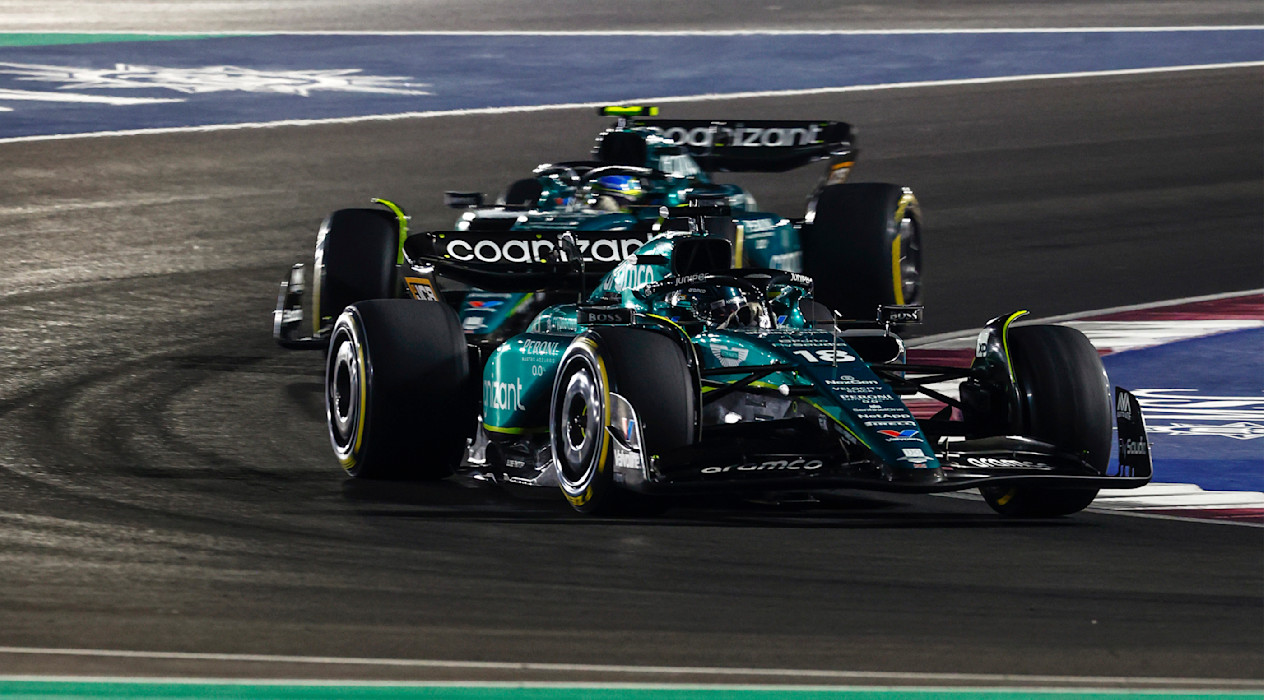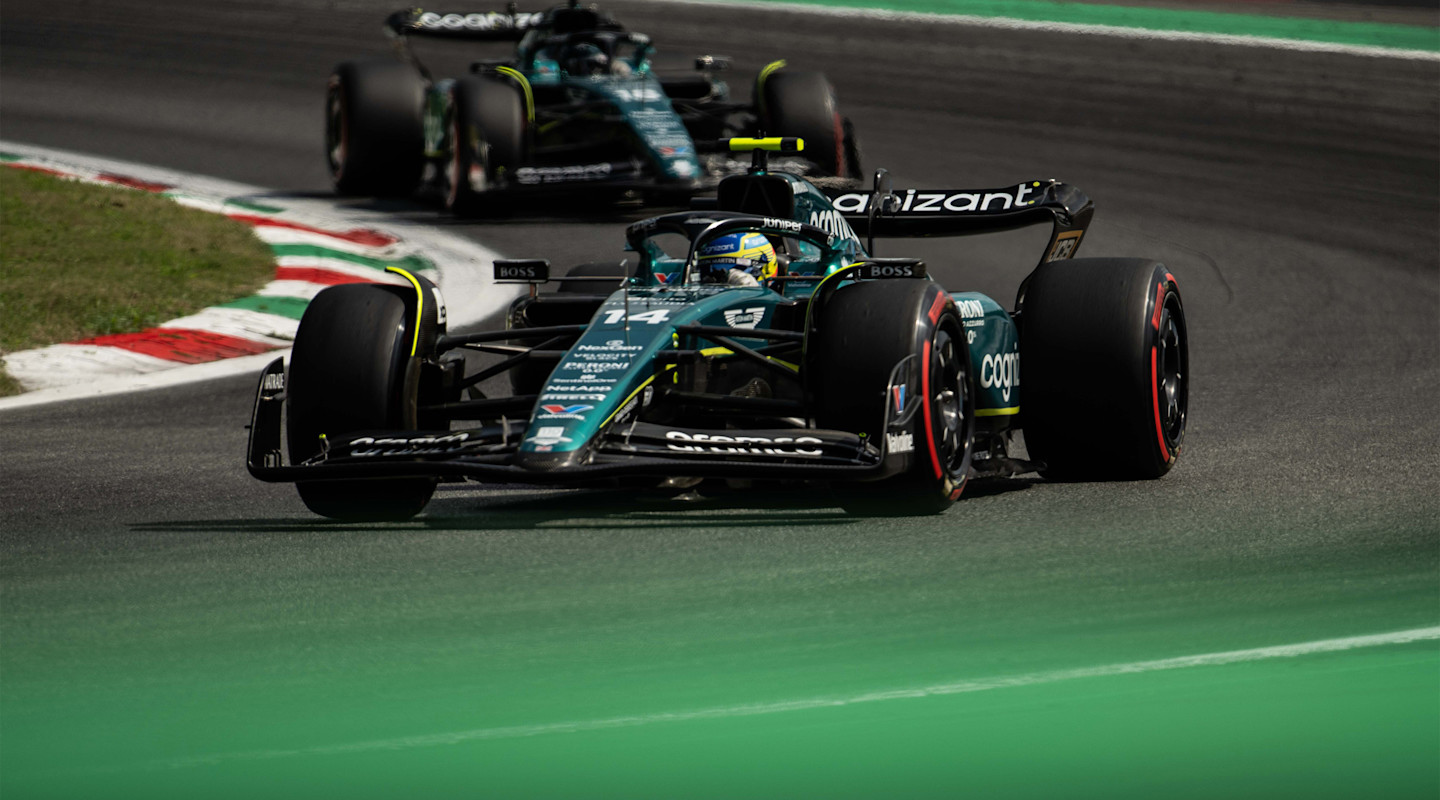
Together with our Official Trading Partner AvaTrade, we guide you through Formula One's maze of rules. This time around we're looking at what happens when this incredibly tight sport is even tighter than usual.
Formula One is a closely fought Championship, and as we approach the final round of the season, we look at what happens when it's so closely fought as to be impossible to separate the cars, teams, or drivers by the standard methodology of laptimes or points. What happens, in effect, when we have a dead heat?
Photo finish
There are three primary categories of dead heat worth examining. The one that isn't covered in the Sporting Regulation is the photo finish. The accuracy of the GPS transponders fitted to the cars is far greater than the three decimal places used by the timing system.
In practical terms, a dead heat is never going to happen, and while the GPS has never been needed to determine a winner, it's frequently called into service when drivers emerge into traffic from the pitlane during a Safety Car period, and their position must be determined.

In time
Dead heats in Qualifying pop-up reasonably frequently too: with the whole field often covered by less than a second, it's not beyond the realms of possibility that two of the 20 cars will occupy the same thousandth.
The most famous of these occurred the season-finale at the 1997 European Grand Prix. Championship contenders Michael Schumacher and Jacques Villeneuve set 1m21.072s in Qualifying, along with Heinz-Harald Frentzen.
With three cars all doing identical laps of the Circuito de Jerez, the guidelines in F1 Sporting Regulation 42.3 (a) apply. The modern version of these states: ‘If two (2) or more drivers set identical times during Q1, Q2 or Q3 priority will be given to the one who set it first.' This is deemed the fairest way of organising the grid, given the presumption that the track grips up through a session, and therefore the driver that sets the time first has done the better job. Thus, Villeneuve had pole and was the last Canadian to do so before Lance at the 2020 Turkish Grand Prix.
On point
The other type of dead heat with end-of-season relevance is in the championship tables. When teams and drivers are tied at the end of the season, this will be settled via a methodology called ‘count-back', as detailed in Art. 7.2, which gives primacy to whichever team or driver has higher-placed finish(es). Fernando and Carlos Sainz are currently tied on 200 points in the Drivers' Championship heading into the 2023 season finale, with Sainz fourth and Fernando fifth, because Sainz has a win in 2023, and Fernando does not.
If teams or drivers finish the season with identical records, 7.2 (d) applies, stating: ‘If this procedure fails to produce a result, the FIA will nominate the winner according to such criteria as it thinks fit.' What does that entail? The FIA will likely follow the convention in other sports and separate teams and drivers according to the number of penalty points they've collected across the season. It pays to be well-behaved.
Learn more with AvaTrade
In the same way that a racing driver can constantly learn and improve using data, AvaTrade encourages traders to hone and refine their own skills – courses are created by experts, free to access, tightly focused and comprehensive.
You can discover more about our partnership with AvaTrade and access a suite of free educational resources designed to help you enhance your trading skills.

AVATRADE EXPLAINS THE F1 RULEBOOK
Amplify your fan experience
From exclusive collabs to once-in-a-lifetime prizes, I / AM DROPS is a new series of unique and ultra-limited moments and fan experiences.
The first DROP? A partnership The Rolling Stones. Sign up for I / AM or sign in to unlock the DROP.










































